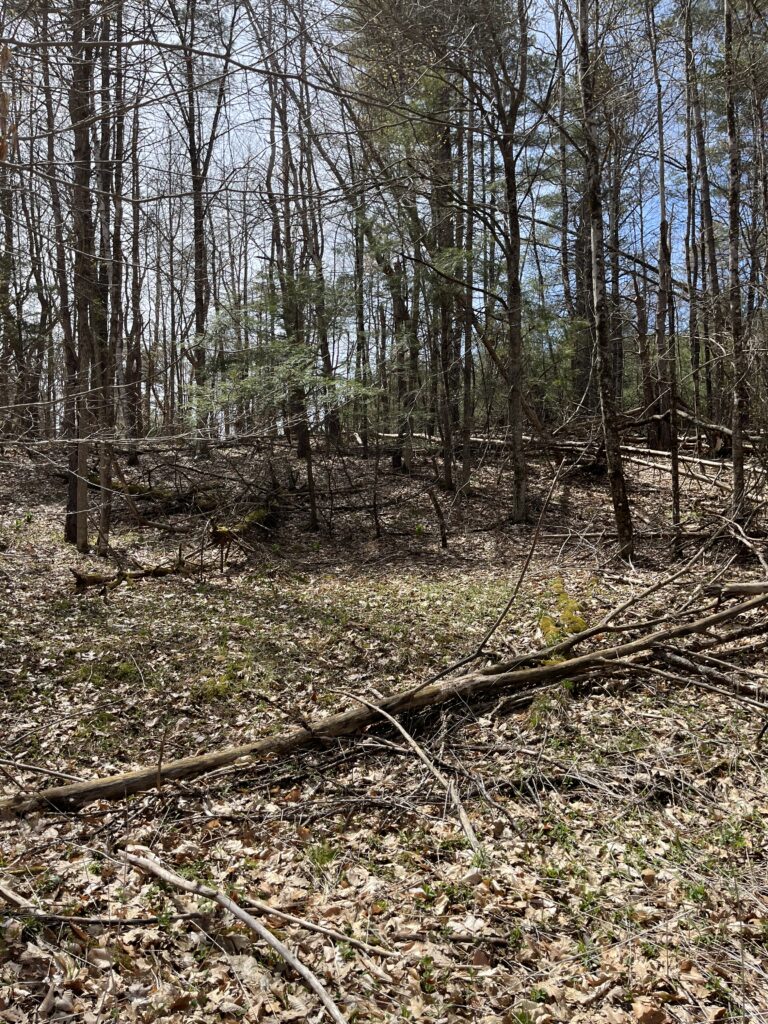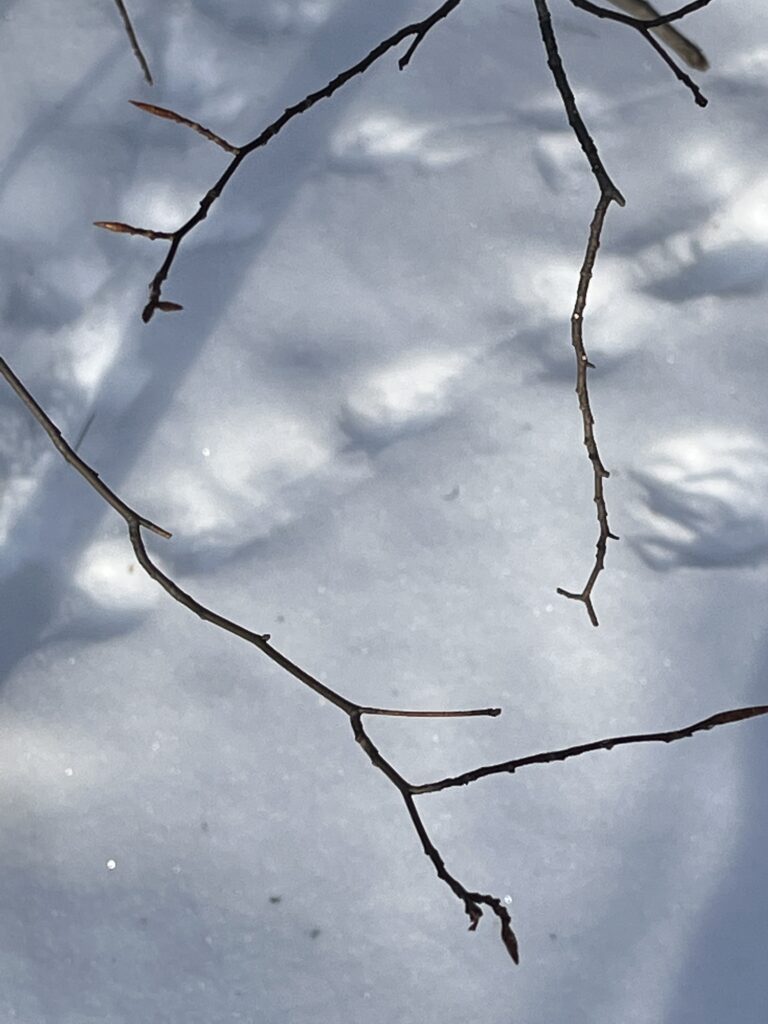

The culture and nature of my place have clearly changed over the years. Being once Native American land the traditional practices are no longer seen today. Instead, the sound of cars and people fills the air of a once quiet and melodic place. Paths go through every corner and crevice of the forest, and downed trees that seem unnatural make the space empty and lacking. I wish to see the forest 200 hundred years ago when everything was forested and undisturbed. At home, I have places I go to in the woods that are a little different. My forest is peaceful and deer are common to see wandering around on undisturbed grounds. The only sounds that can be heard in my forests are the ones of song birds, howling winds, and running rivers. I have no connection to my place now. I feel as though there needs work for my area to feel like a home. Hopefully there can be improvement in the greater Burlington area where nature can be respected and not seen as a zoo animal. We are apart of nature, and we cannot break apart something we are connected to.








